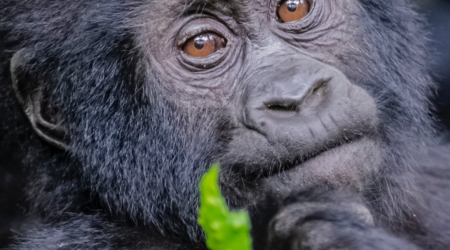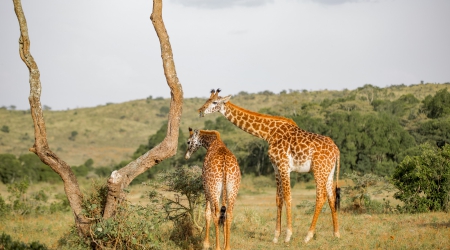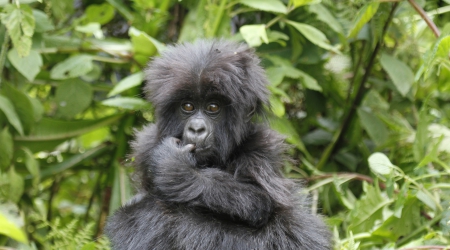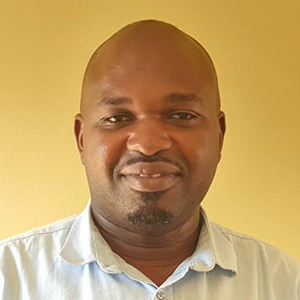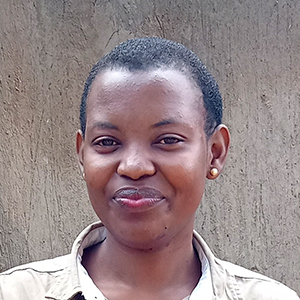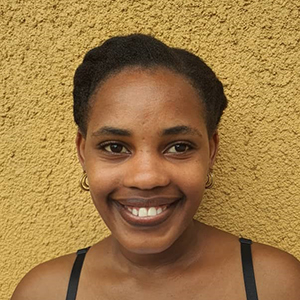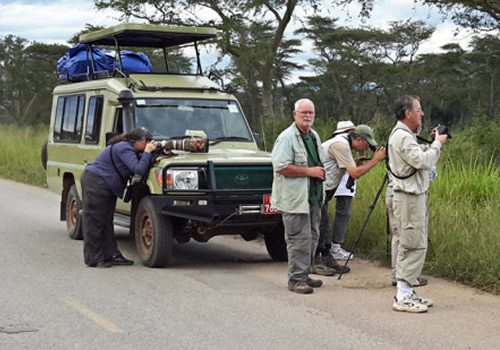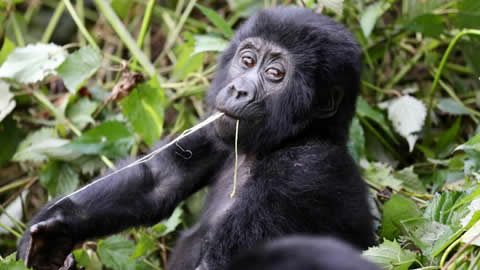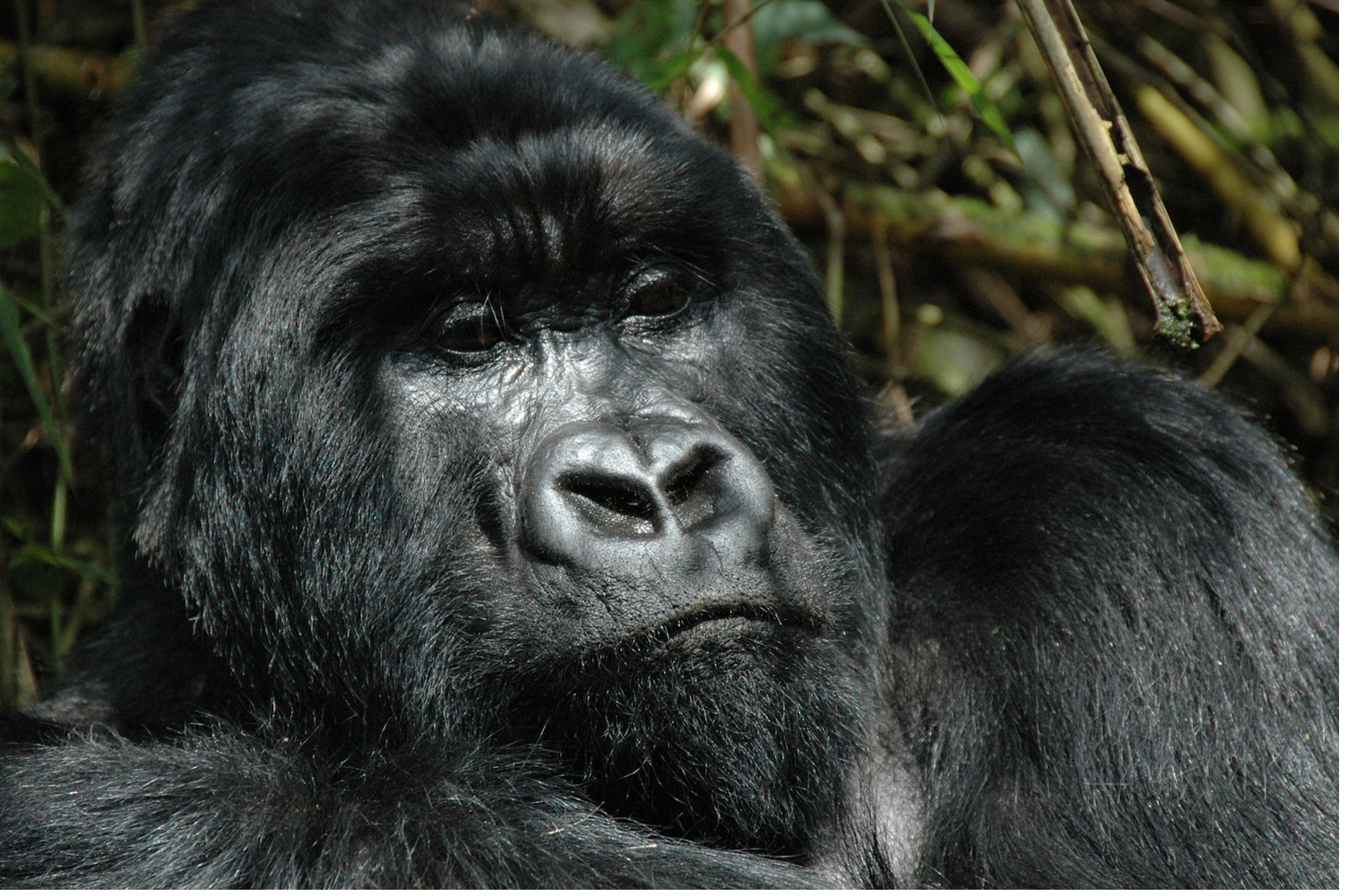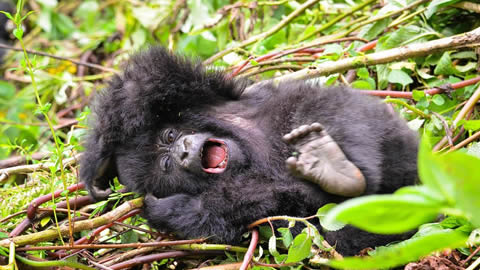When to Go for Gorilla Tracking in Africa?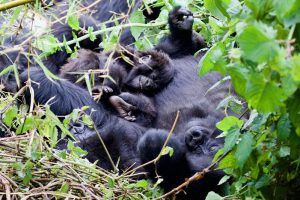
Gorilla tracking is the most thought after African safari activity, other than the temporally closure of the gorilla parks due to the outbreak of covid-19, Gorilla tracking is a daily activity. Gorilla tracking involves trekking through the thick montane forest a midst shrubs crossing water streams in search of mountain gorillas, it’s a rewarding experience at the end of the day when you find a settled habituated gorilla family.
Mountain gorillas in Africa have increased in number from the past years to more than 1000 individuals surviving in Bwindi forest national park in Uganda and the greater Virunga conservation area covering Mgahinga gorilla national park in Uganda, volcanoes national park in Rwanda and Virunga National park in Democratic republic of Congo.
The gorilla parks are characterized by high altitudes, tropical, and Afro-montane forests, bamboo, tree heathers forests, montane forest, bamboo, montane woodland, shrubs among others. The greater Virunga conservation area alone has eight volcanoes, three of the conical peaks in Uganda’s Mgahinga Gorilla national park. The vegetation cover has a big impact on the weather pattern and the parks being close to the equator sometimes it is hard to predict the weather changes and also due to other environmental changes.
Uganda receives annual rainfall of 1000-2000 mm with average temperature of about 21.5 C-71F, the temperatures drop in the night to 54F, whereas in Rwanda the temperatures range from 22 C – 27C and drop off to 16 C, therefore in most cases it is neither too hot or cold but favorable for tourism activities.
Different opinions have been given about best time for gorilla trekking tracking; the fact is Africa in particular Uganda and Rwanda can be visited any time of the year because the climate and weather here are perfect for tourism all around the year. Bwindi, Mgahinga, and volcanoes gorilla parks can be visited any time of the year, however, clients usually prefer to avoid the rains of March to May but this does not make any big difference as the gorilla trekking area is in an equatorial tropical forest – the chances of rain are high any day of the year.
We understand gorilla trekking is a once in a lifetime wildlife experience and you would want to make the best out of your gorilla trekking experience. While planning for gorilla tracking safari it is important to take not of the weather patterns. Currently weather changes are unpredictable due to global warming below is a detail of the weather changes to guide on the best time to go for gorilla tracking in Africa.
Dry season (peak season)
There are two dry season patterns, the short dry season from December to February and long dry season from June to September. The dry season is characterized by little or no rain fall at all with hot temperatures during the day at 30 degrees and drop to 9 degrees in the night. It is also associated as peak season where a quite a number of tourist flock in for gorilla safaris. The advantages with the dry season are;
The trekking trails are drier and less slippery which makes it easy hike further in case the gorilla have moved far. Mountain gorillas tend to move further in search of food during the dry season.
The views are clear because some of the vegetation cover has dried, you will enjoy taking clear pictures of the gorillas and the landscape, it is also easier to spot the other beauty of the forest like birds.
The roads to the parks are dry and passable. From the main road, the road gets bumpy but with scenic view of the Kigezi farm lands.
On the other hand, the peak season is competitive, gorilla permits sell out so fast as well as accommodation. It’s very important to book as early as possible in order to secure accommodation and gorilla permits if you plan to go for gorilla tracking during the dry season.
Rainy season (low season)
The rainy season covers the short rains of October and the long rains of March to May. Despite being a rainy season, it does not necessarily mean it will rain every day or the whole day and the rains are not that much to hinder gorilla tracking in the forest. The advantages of tracking during this season include;
Few trekking hours, during the rainy season gorillas may not move further and keep near on the lower altitudes. Usually trekking to see the gorillas vary from 1-6 hours but during this season it is almost less because gorilla don’t move further in search of food. If you are not a regular hiker, this is your time to track gorillas.
The low season comes with discount on accommodation facilities as the turn up is too low. Lodges tend to give discounts during this season as a way of keeping up in business, it is also the perfect season to spend less on a luxury facility.
The rainy season comes with good photographic scenery especially if you love the lush green vegetation cover.
Gorilla permits have less demand, it is easy to acquire a gorilla permit for any day even on the last-minute booking, the availability of gorilla permits is not competitive compared to the dry season.
The rainy season is the best time for an exclusive gorilla safari, less crowded there fore you have all the opportunity to enjoy with family and friends.
However, the trekking trails are muddy and slippery, views are hindered by vegetation growth and the access roads almost get hard to navigate, a 4×4 wheel safari car is therefore recommended.
Conclusively, regardless of the season visitors are advised to pack waterproof hiking boots and stockings, a raincoat or jacket, long-sleeved shirt or sweater tops, a pair of long trousers, insect repellant among others as you plan for gorilla tracking in Africa.







